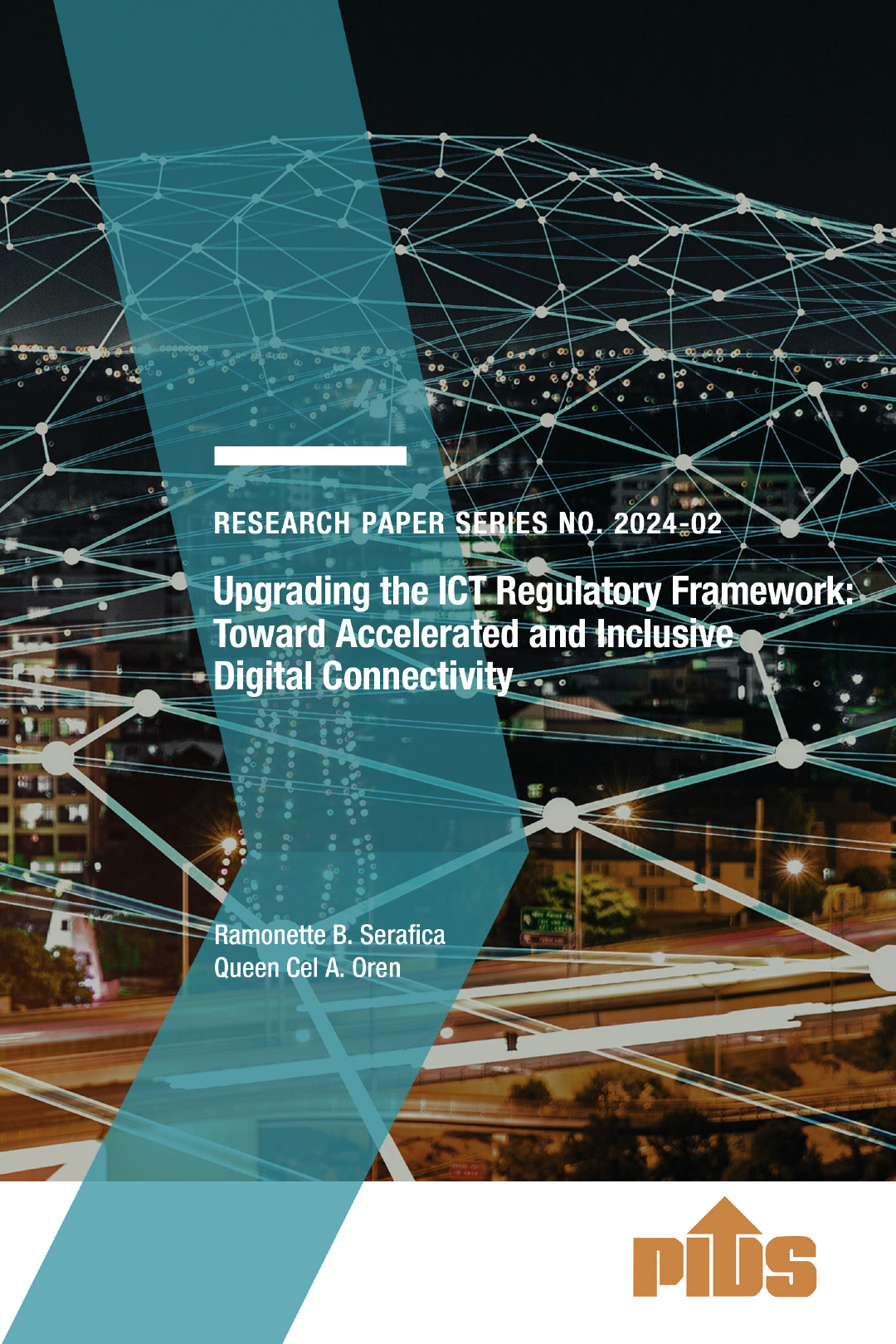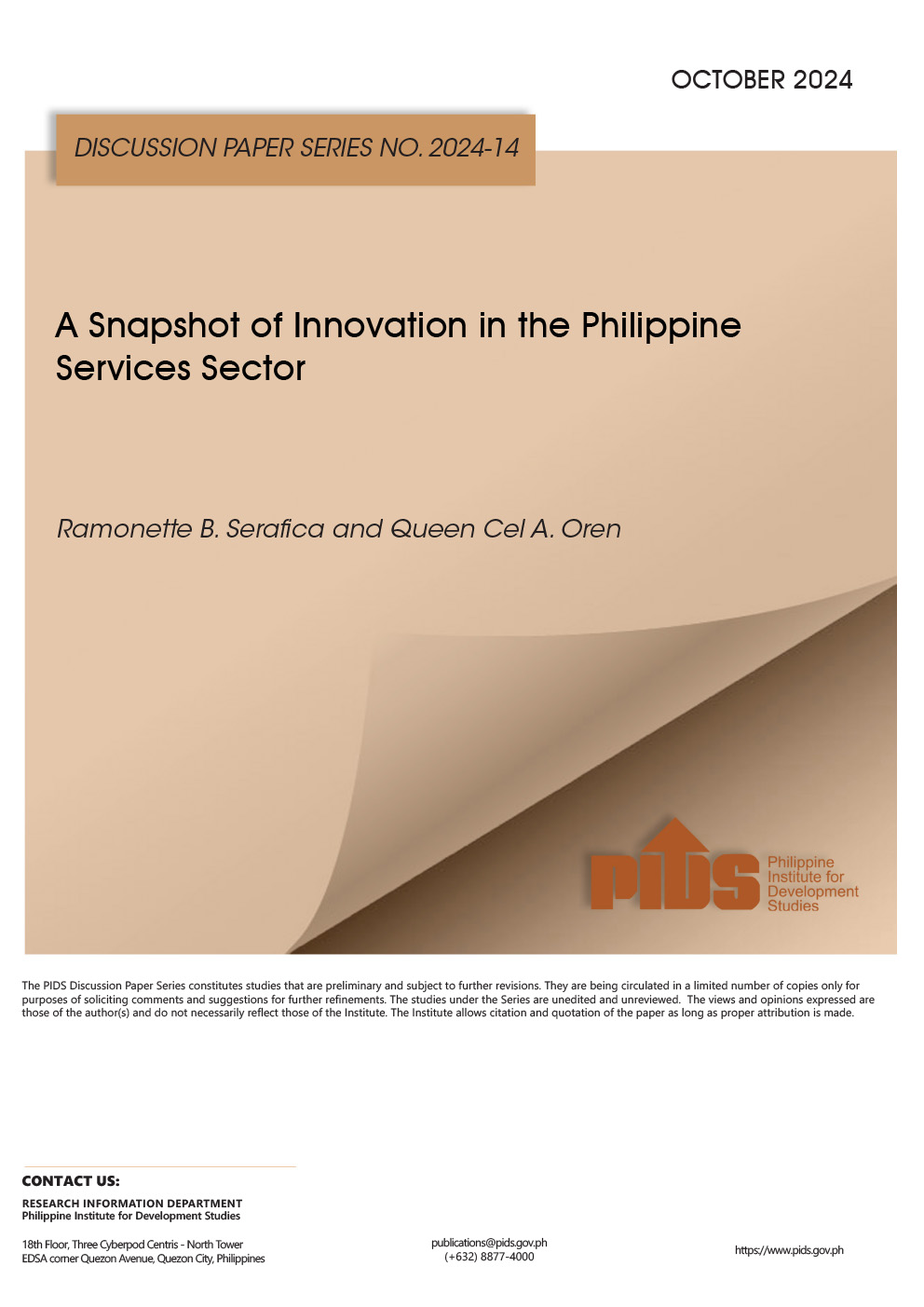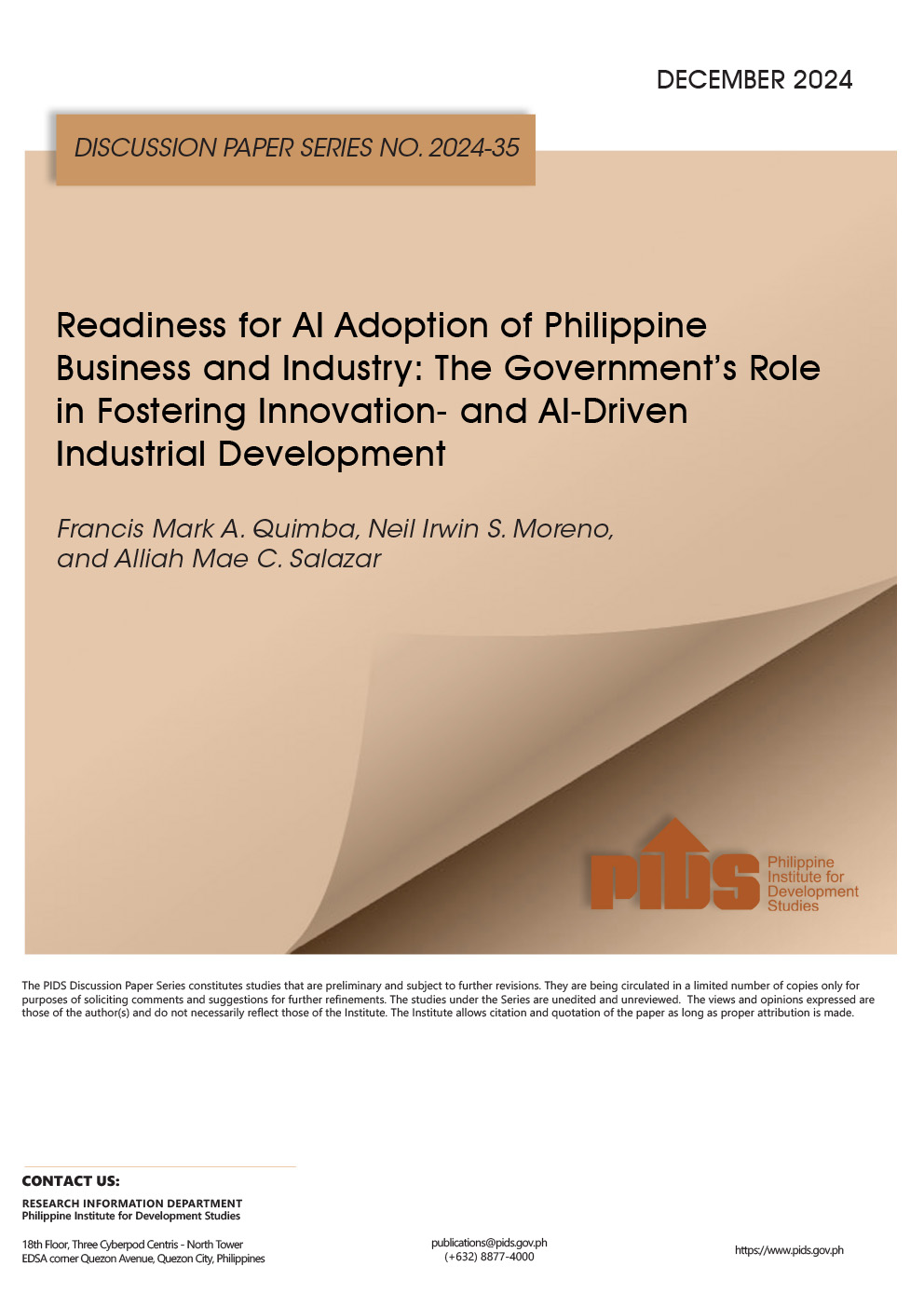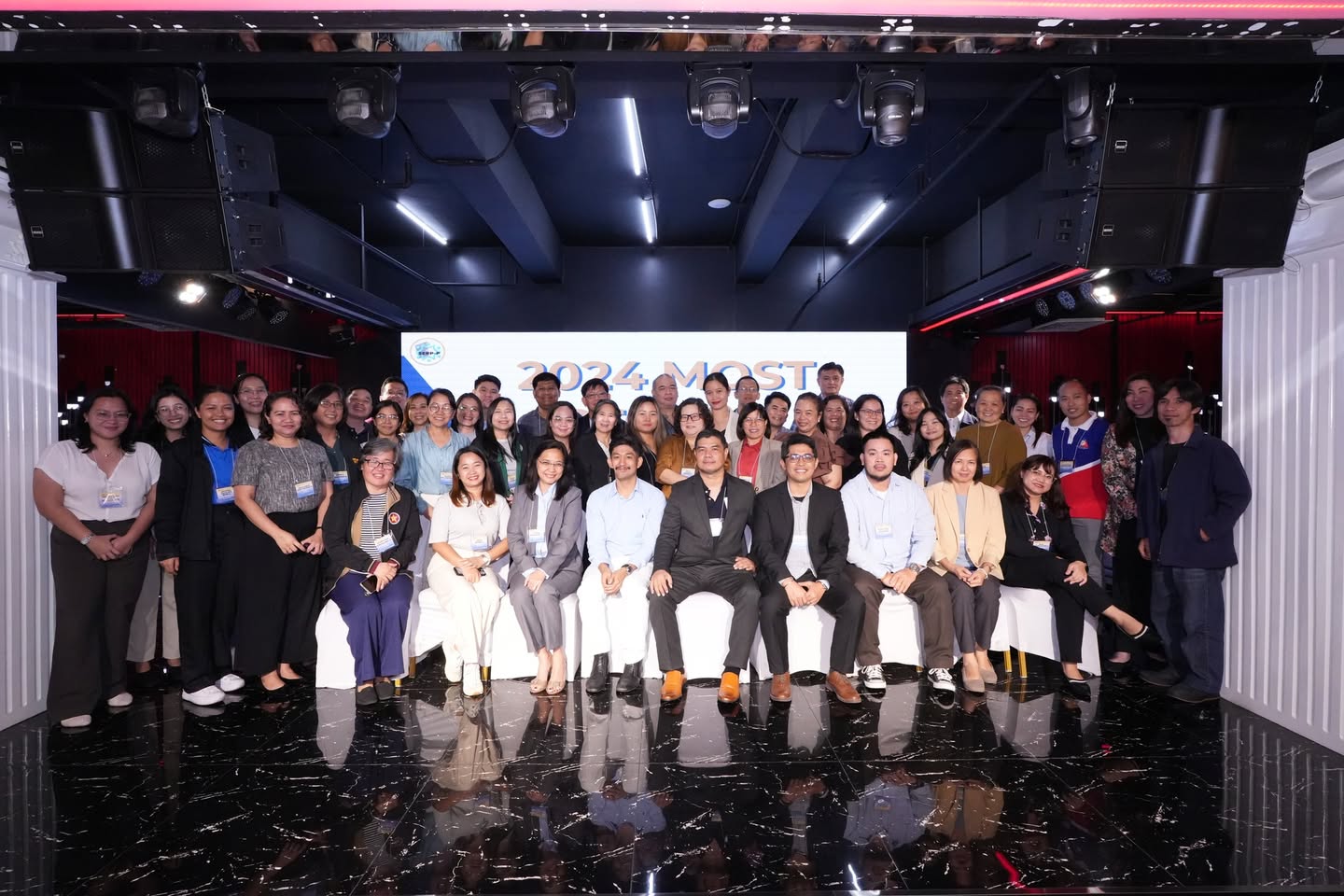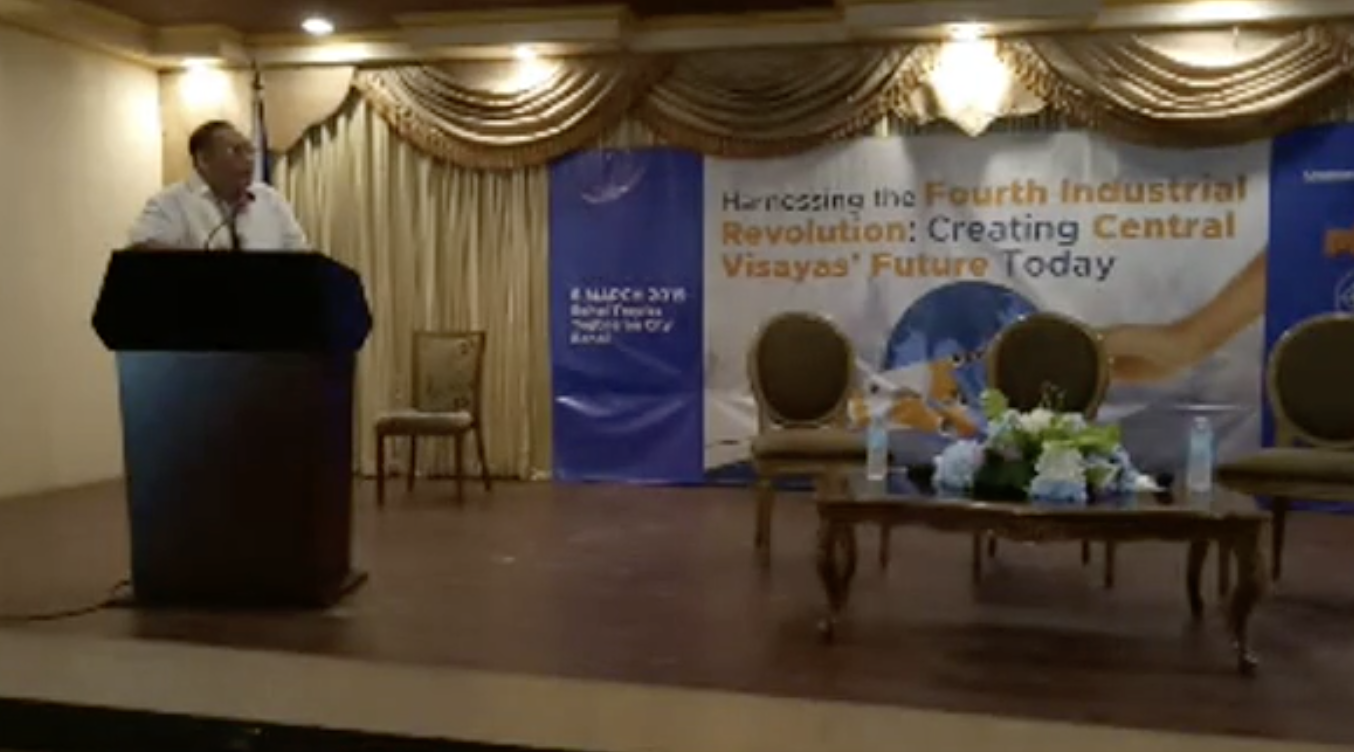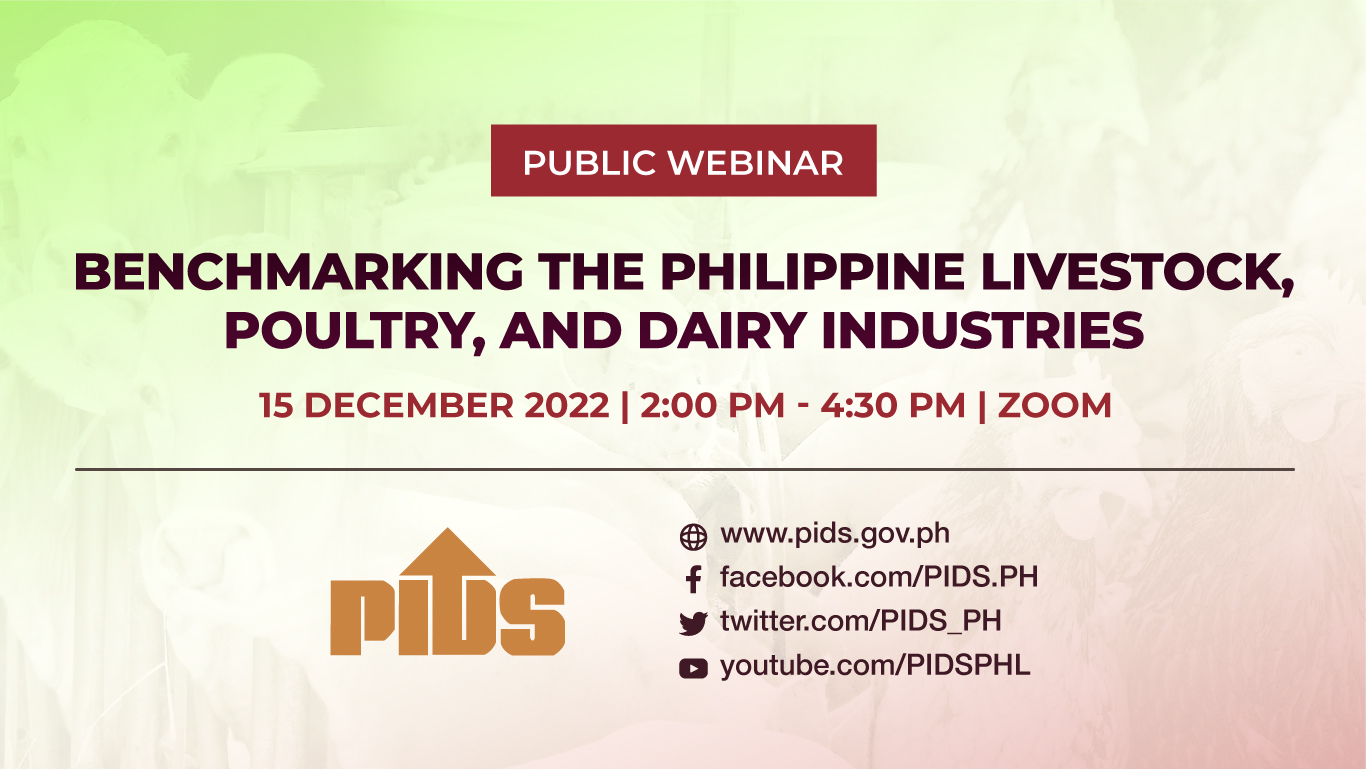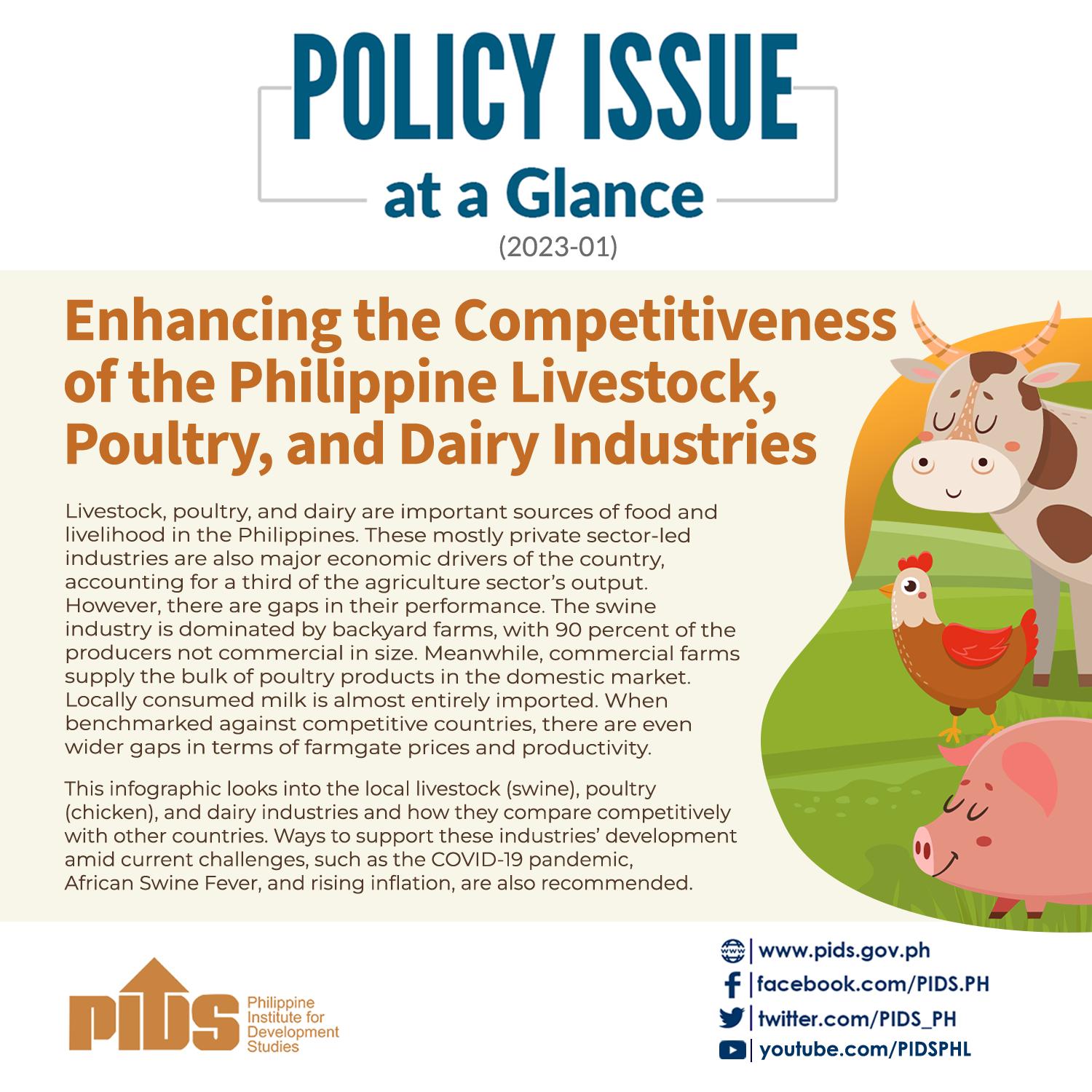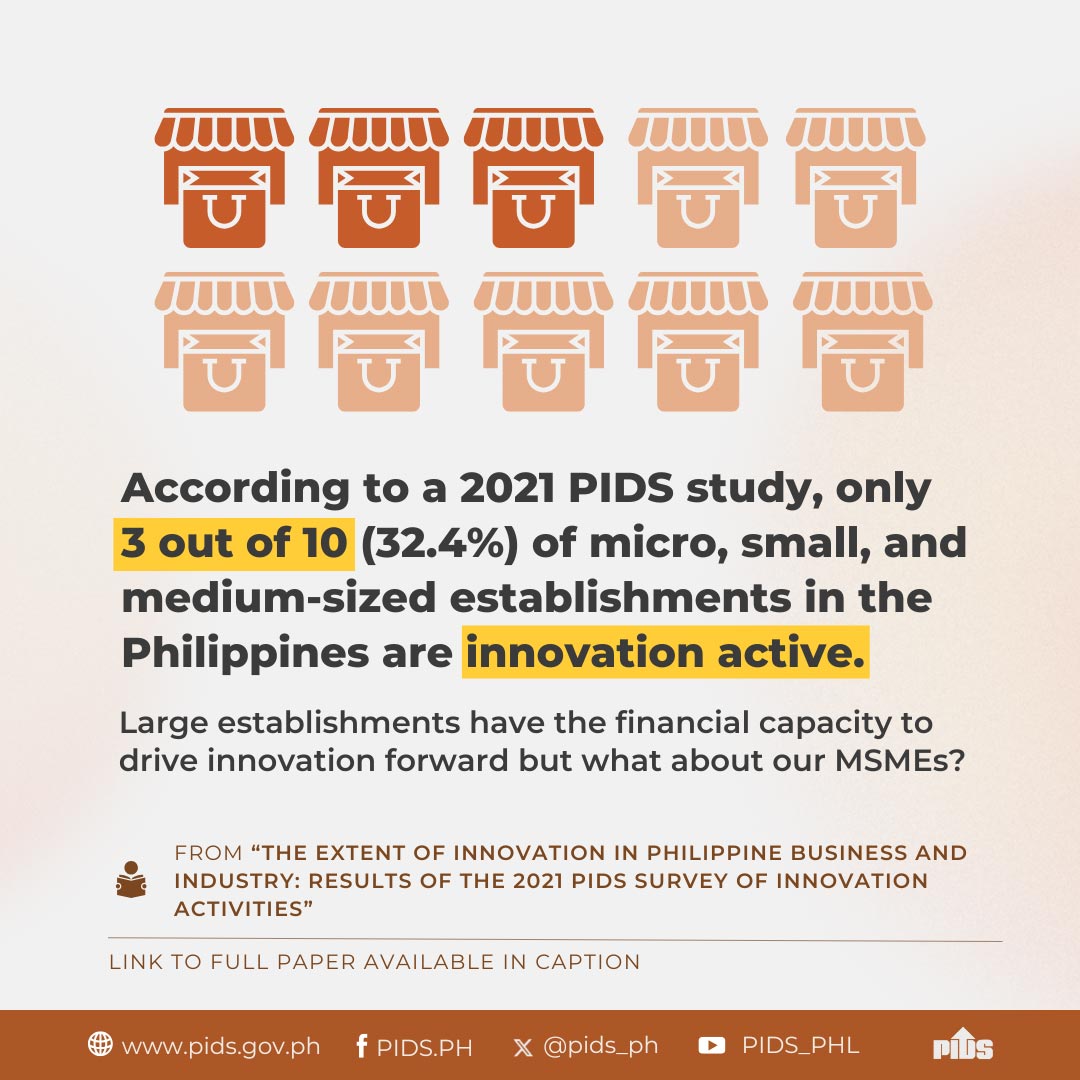How should a country prepare for the fourth industrial revolution? Science Secretary Fortunato T. de la Peña called on universities to work with industries in the country to propel local enterprises to the fourth industrial revolution (IR).
“I am asking the universities not only to do R&D [research and development] but to do extension work in our industries,” de la Peña said in an interview with the BusinessMirror.
“It’s a request or a call while working together with the Commission on Higher Education [CHED] and it means the universities can help in bringing our SMEs [small and medium enterprises] upward.” He made this remark during the recent 16th Development Policy Research Month forum with the theme, “Harnessing the Fourth Industrial Revolution: Creating Our Future Today,” held at a hotel in Quezon City.
He said that the DOST itself has long adopted policy shifts to develop the country’s 18 regions. These have redirected the Department of Science and Technology’s efforts to address inequality among Filipinos, determine different programs through industries and higher-education institutions to conduct research with innovation to solve problems and conduct proposal driven activities under the department’s Harmonized National R&D Agenda for 2017 through 2022.
Should enterprises jump to the fourth IR?
Not so fast, the secretary said. “I think we have to categorize the enterprises that we serve in the DOST.”
De la Peña emphasized that there are still enterprises that are categorized in the first IR, second IR and third IR and that “if we push every enterprise to the fourth IR, those who are still in the earliest stages might still be left behind.”
He explained that the industrial revolutions have evolved throughout time and it started when new manufacturing processes were used in factories. The first industrial revolution came when men used steam and simple machines and there are still some industries in the country that are in this era.
The second industrial revolution already had electricity and bigger machines to help in production, while the third revolution has involved electronics, automation and information technology.
The fourth industrial revolution involves a mix of the different technologies, such as digital, biotechnology and artificial intelligence to name a few.
Philippines still in 2nd and 3rd IR
According to de la Peña, the Philippines’s enterprises and manufacturers are still in the second and third IR.
He said that during one of their enterprise visits to Infanta in Pangasinan, they visited a salt factory which used traditional cooking by using big metal pans and wood fire.
“We went there to personally check the situation and the intervention we are going to do,” he said. The DOST chief added that the interventions they would implement would involve automation and safer machines for the salt factory.
“We want to help these industries not just to jump to a higher IR but also to have uniformity, minimize human error, implement safer standards for employees and introduce them to automation so they could produce more output.”
The DOST recommended to the salt factory to produce iodized salt.
He said the science department wants to gradually help the enterprises develop to the next level, and for those who are prepared can be assisted further.
“We have to see the range of services and we have a number of strategies to achieve that,” he added.
These strategies include branching out from the direct intervention in firms. “We will still continue that [direct intervention], but we are now looking at the needs of the sector.”
He said that at this time, each intervention should not only benefit an individual firm but should help everyone in the sector.
With an innovation center particular for the sector, such as food processing, the DOST chief said, “I won’t expect them to have an ICT [information and communications technology] incubator. Universities can be tapped since this is part of their function as an extension.”
Another strategy that the secretary told the BusinessMirror is through the platforms that the science department has started.
“We have the One Laboratory Network, One Store and One Expert which are actually our tools of lifting them [SMEs] up,” he said.
The One Laboratory Network is a platform where a laboratory can accept samples even without the characterization equipment but send these to the proper lab that can handle the sampling.
The One Store is an online facility where products of MSMEs can be sold. The One Expert is a web site, where Filipinos can visit and type in keywords of topics they want to learn, which, in turn, will be redirected to a list of related results and links.
New R&D and the patriot program
New R&D priorities and facilities have also been set up and can be instrumental in the journey to the fourth IR.
“Our launching of the R&D for artificial intelligence would be one,” de la Peña said.
“We have the facilities that we have either set up or are supported like the Admatel [Advanced Device and Materials Testing Laboratory] for materials and product testing, the Electronics Product Development Center for prototyping, and we have the different facilities at the Metals Industry Research and Development Center, the dye and mold, the auto parts,” de la Peña added.
The DOST chief also emphasized the role of the young Filipinos in shaping the country toward fourth IR. For this reason, the Filipino Patriot Scholars Project (FPSP) was established.
The DOST-Science Education Institute’s FPSP aims to promote patriotism and nationalism among DOST scholars and engage in community and social responsibility.
In its second year now, the program is implemented as a workshop for incoming scholars of the DOST-SEI scholarship programs. A formation program, the FPSP instills among scholars the value of social responsibility, servant leadership and professional excellence.
“We have young people, the scholars, who we are supporting, and they have an obligation to our country. One of the things they can do is immersion in industry,” de la Peña said.
The DOST chief wants to see young Filipinos from different universities immersed in various industries that the country is offering, especially in the fourth IR level.
“You know, these young scholars are very well-attuned in technology,” de la Peña said.

